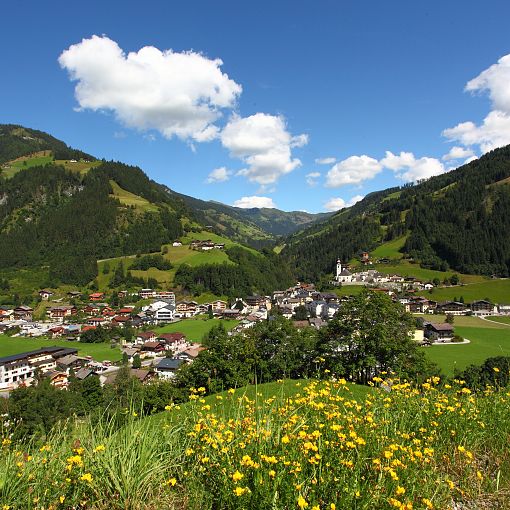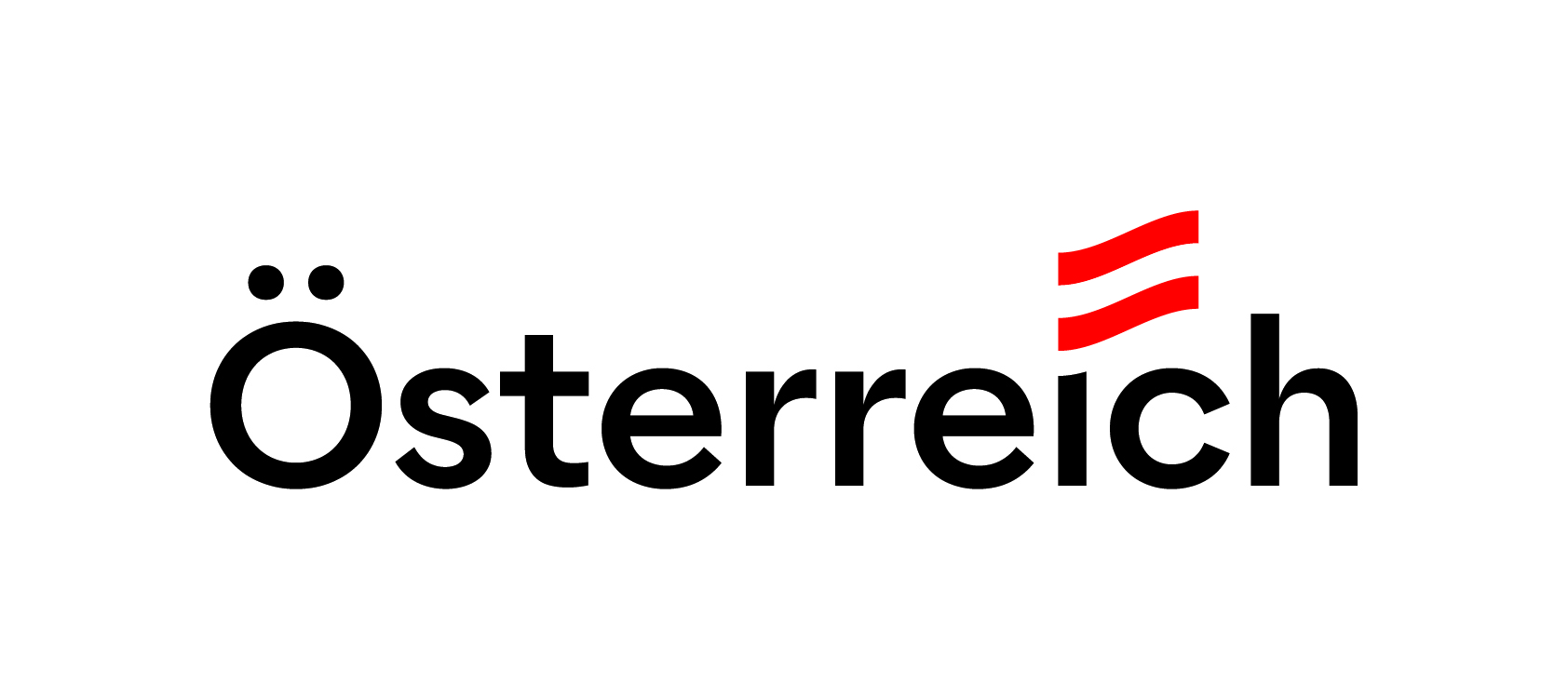Grossarl
the hiking village between the Hohe and Niedere Tauern ranges
Grossarl, which lies at an elevation of 924 m, is the main town in Grossarltal, located roughly in the middle of the valley. Grossarl stretches between the area encompassing the "Stegenwacht" and the village of Hüttschlag, covering an area of 129.25 km².
In addition to numerous staffed mountain huts open to visitors in the summer and the ski partnership with neighboring Gastein Valley, Grossarl is particularly notable for its high concentration of 4-star hotels.



Facts & Figures Grossarl
- Elevation of the town: 924 m
- Highest point: Gamskarkogel, 2,467 m
- Population: 3,829
- Guest beds: 4,851
Sightseeing Attractions in Grossarl
- Alte Wacht
- Baroque Grossarl Parish Church
- Listed Kösslerhäusl Farm
- Scouting monuments: Europe Table, Heaven’s Knot, Scout Salute



History of Grossarl
| Year | Event | |
|---|---|---|
| ca. 930 B.C.E. | According to legend, the first valley settlers established a community on an alluvial fan. | |
| 1000 C.E. | The Salzburg Church assumed control over the vast forests and pasture lands. | |
| 12th cent. | The settlement of "Grossschwaigen" (farmsteads) was founded early in this century. | |
| 1348/49 | A devastating plague led to the depopulation of many farms, with a catastrophic impact on the local economy . | |
| 1399 | Archbishop Gregor granted "his subjects and people in the Grosser Arl" a market charter, allowing for five annual fairs to trade in "cattle, lard, cheese, grain, and other merchandise." | |
| 15th to 17th cent. | The once-small church hamlet transformed into a considerable village with a church and market, subject to the jurisdiction of Werfen. The heyday of mining spurred significant growth, leading to construction of grand houses on the village square, home to tradespeople and artisans such as cobblers, tailors, weavers, iron- and wood smiths. The oldest general store and a tavern (inn) likely date back to around 1320. | |
| 1672 | Grossarl was granted its own independent court. | |
| 1731/1732 | The expulsion of Protestants by the Archbishop resulted in 551 people having to abandon all their possessions and emigrate to East Prussia. | |
| 1802 | Secularization and agrarian reforms brought further hardships to the valley's diminished population. | |
| 1910 | First documented mention of the "Grossarl Beautification Association." | |
| 1926/1927 | Construction of the first outdoor swimming pool. | |
| 1948 | Establishment of the first tourism association. | |
| from 1960 | Ongoing development of the transit system, motorization, and technology led to an increased move away from agriculture. Tourism, built up in Grossarl through private initiatives, resulted in economic growth but also placed high demands on municipal infrastructure (schools, nursing homes, roads, zoning plans, sewer systems, sports facilities, etc.). | |
| 1962 | Grossarl elevated to “market” status on June 17th. | |
| 1967 | Founding of “Grossarler Bergbahnen” and construction of the first lift system. | |
| 1971 | Merger of Grossarler Bergbahnen and the lifts in Dorfgastein, establishing the Grossarl-Dorfgastein “Skischaukel”. This collaboration sparked a significant boost in the tourism industry, benefiting the local economy and the entire Grossarl community. | |
| 1972 | Opening of the outdoor swimming pool at its current location. | |
| 1986 | Formation of the Grossarl Tourist Office | |
| 1988 | First joint brochure (for summer) put out with Hüttschlag, initiating increased promotional cooperation throughout the valley. | |
| 1990 | Construction of the Grossarltal “Panoramabahn” cableway. | |
| 1997 | Formation of the Grossarltal Tourist Office and the tourism unification of the towns of Grossarl and Hüttschlag. | |
| 2001 | Joined Ski amadé | |
| 2010 | Construction of the sports and recreation center. |









